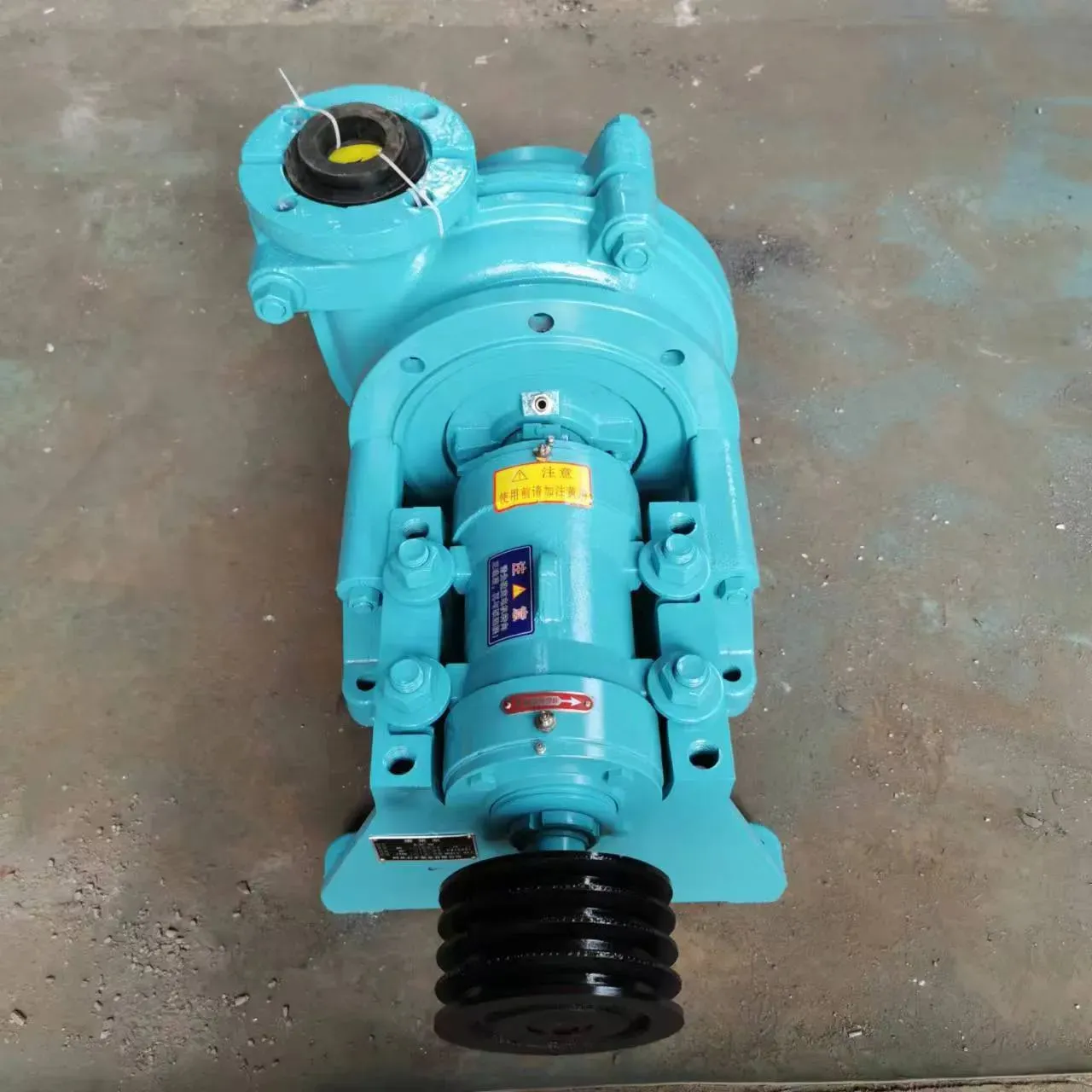English
- Afrikaans
- Albanian
- Amharic
- Arabic
- Armenian
- Azerbaijani
- Basque
- Belarusian
- Bengali
- Bosnian
- Bulgarian
- Catalan
- Cebuano
- Corsican
- Croatian
- Czech
- Danish
- Dutch
- English
- Esperanto
- Estonian
- Finnish
- French
- Frisian
- Galician
- Georgian
- German
- Greek
- Gujarati
- Haitian Creole
- hausa
- hawaiian
- Hebrew
- Hindi
- Miao
- Hungarian
- Icelandic
- igbo
- Indonesian
- irish
- Italian
- Japanese
- Javanese
- Kannada
- kazakh
- Khmer
- Rwandese
- Korean
- Kurdish
- Kyrgyz
- Lao
- Latin
- Latvian
- Lithuanian
- Luxembourgish
- Macedonian
- Malgashi
- Malay
- Malayalam
- Maltese
- Maori
- Marathi
- Mongolian
- Myanmar
- Nepali
- Norwegian
- Norwegian
- Occitan
- Pashto
- Persian
- Polish
- Portuguese
- Punjabi
- Romanian
- Russian
- Samoan
- Scottish Gaelic
- Serbian
- Sesotho
- Shona
- Sindhi
- Sinhala
- Slovak
- Slovenian
- Somali
- Spanish
- Sundanese
- Swahili
- Swedish
- Tagalog
- Tajik
- Tamil
- Tatar
- Telugu
- Thai
- Turkish
- Turkmen
- Ukrainian
- Urdu
- Uighur
- Uzbek
- Vietnamese
- Welsh
- Bantu
- Yiddish
- Yoruba
- Zulu
Telephone: +86 13120555503
Email: frank@cypump.com
Aug . 27, 2024 17:03 Back to list
industrial submersible pump
Industrial Submersible Pumps A Comprehensive Overview
Industrial submersible pumps play a vital role in various sectors, facilitating the efficient transfer and management of liquids in challenging environments. These specialized pumps are designed to operate while submerged in the fluid they are pumping, making them ideal for applications in wastewater treatment, mining, construction, and agricultural irrigation.
The construction of a submersible pump typically involves a sealed motor that prevents water ingress, ensuring durability and reliability even when submerged. Unlike surface pumps, which draw water from above, submersible pumps are placed directly in the fluid, allowing them to push water to the surface rather than pulling it. This design leads to higher efficiency, as the pump can move a greater volume of liquid with less energy expenditure.
One of the primary advantages of industrial submersible pumps is their ability to handle a wide range of fluids, including clear water, wastewater, and even slurry with solid particles. Many models come equipped with features such as vortex impellers, which enable the pumps to manage solids without clogging. This versatility makes them invaluable in industries where the handling of different types of fluids is necessary.
industrial submersible pump

Submersible pumps are available in various sizes and configurations, allowing businesses to select models that best suit their specific needs. Smaller pumps can be used for residential applications, while larger, more robust models are designed for heavy-duty industrial tasks. Additionally, many modern submersible pumps come equipped with advanced technology, including variable speed drives, which can optimize performance and reduce energy consumption.
Maintenance is a crucial aspect of operating submersible pumps. Regular inspections and servicing can prolong the lifespan of these pumps, ensuring they operate efficiently. Common maintenance practices include checking seals for wear, inspecting electrical components, and monitoring the pump’s performance to identify any irregularities.
Moreover, safety considerations are paramount when dealing with submersible pumps, especially in environments with hazardous materials or deep water. Proper installation, effective grounding, and compliance with safety regulations are essential to mitigate risks and ensure the safety of personnel.
In summary, industrial submersible pumps are indispensable tools in modern industry, providing efficient and reliable solutions for fluid management across a diverse range of applications. Their ability to operate submerged, handle various fluids, and integrate advanced technology makes them a preferred choice for industrial operations. With ongoing advancements in pump technology and design, the future of submersible pumps looks promising, continuing to enhance efficiency and safety in liquid transfer operations.
-
ISG Series Vertical Pipeline Pump - Chi Yuan Pumps | Advanced Engineering&Industrial Efficiency
NewsJul.30,2025
-
ISG Series Pipeline Pump - Chi Yuan Pumps | High Efficiency, Energy Saving
NewsJul.30,2025
-
ISG Series Vertical Pipeline Pump-Chi Yuan Pumps|High Efficiency&Reliable Performance
NewsJul.29,2025
-
ISG Series Vertical Pipeline Pump|High Efficiency&Low Noise
NewsJul.29,2025
-
ISG Series Vertical Pipeline Pump - Chi Yuan Pumps Co., LTD.|High Efficiency, Energy Conservation, Low Noise
NewsJul.29,2025
-
ISG Series Vertical Pipeline Pump-Chi Yuan Pumps Co., LTD.|High Efficiency&Energy-Saving
NewsJul.29,2025










